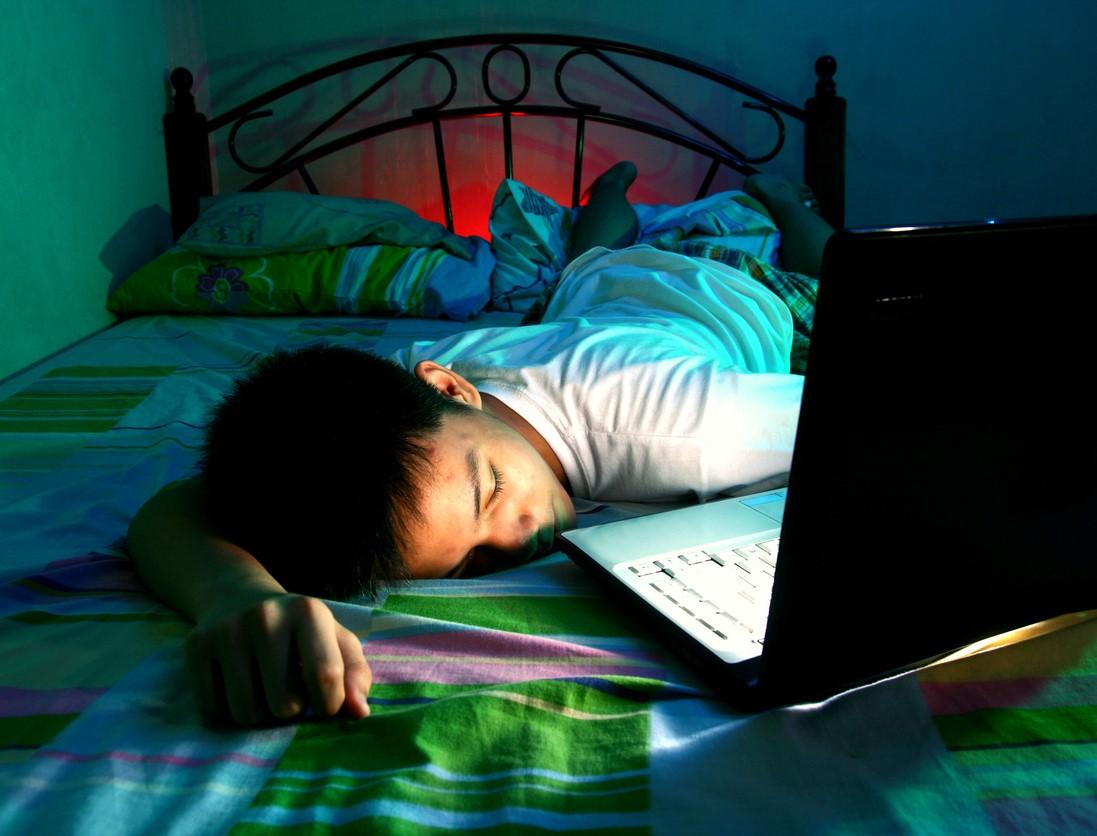Nearly 6% of children who visited emergency departments (EDs) for COVID-19 testing, including nearly 10% of those hospitalized and 5% of those released from the hospital, reported symptoms of long COVID 90 days later, finds an international study led by researchers from the University of Calgary in Canada and UC Davis Health.
Risk factors included hospitalization for 48 hours or more, the reporting of at least four long-COVID symptoms at the ED visit, and age 14 years or older.
The study, published today in JAMA Network Open, involved 90-day follow-up of 1,884 children seen in 36 EDs in 8 countries from Mar 7, 2020, to Jan 20, 2021, including 1,686 children matched to 1,701 uninfected controls, from Mar 7, 2020, to Jan 20, 2021.
Fatigue and respiratory, systemic symptoms
Among the 1,884 infected children, the median age was 3 years, and 52.8% were boys. Overall, 110 COVID-19 patients (5.8%; 95% confidence interval [CI], 4.8% to 7.0%) reported long-COVID symptoms, including 44 of 447 children (9.8%; 95% CI, 7.4% to 13.0%) hospitalized for their infections and 66 of 1,437 outpatients (4.6%; 95% CI, 3.6% to 5.8%).
The most common individual symptom among all COVID-positive children was fatigue or weakness, at 1.1%, while the most-cited long-COVID symptoms among the 110 with long COVID were respiratory (34.5%) and systemic (30.0%).
Risk factors for reporting at least one symptom at 90 days were hospitalization for at least 48 hours, relative to no hospitalization (adjusted odds ratio [aOR], 2.67; 95% CI, 1.63 to 4.38); having four or more symptoms in the ED, compared with one to three symptoms (four to six symptoms: aOR, 2.35; 95% CI, 1.28 to 4.31; seven or more symptoms: aOR, 4.59; 95% CI, 2.50 to 8.44), and age 14 years or older, relative to younger than 1 (aOR, 2.67; 95% CI, 1.43 to 4.99).
Pediatric COVID-19 patients were more likely than uninfected controls to report long-COVID symptoms, including outpatients (55 of 1,295 [4.2%] vs 35 of 1,321 [2.7%] and inpatients (40 of 391 [10.2%] vs 19 of 380 [5.0%]). COVID-19 was also tied to long-COVID symptoms at 90 days (aOR, 1.63; 95% CI, 1.14 to 2.35), particularly for systemic signs and symptoms such as fatigue, weakness, and fever (aOR, 2.44; 95% CI, 1.19 to 5.00).
Rates not much higher than in controls
"This cohort study found that, although 10% of children hospitalized with acute SARS-CoV-2 infections and 5% of those discharged from the ED reported PCCs [post-COVID conditions] at 90 days, these rates were only slightly higher than the rates among SARS-CoV-2–negative controls," the authors wrote.
"Our finding that children who had multiple COVID-19 symptoms initially were at higher risk for long COVID is consistent with studies in adults," co-principal investigator Todd Florin, MD, MSCE, of Children's Hospital of Chicago, said in a Children's news release.
"Unfortunately, there are no known therapies for long COVID in children, and more research is needed in this area," he added. "However, if symptoms are significant, treatment targeting the symptoms is most important. Multidisciplinary care is warranted if symptoms are impacting quality of life."
The researchers called for appropriate guidance and follow-up of children, particularly those at high risk for long COVID. "Our findings can inform public health policy decisions regarding COVID-19 mitigation strategies for children and screening approaches for long COVID among those with severe infections," they concluded.




















